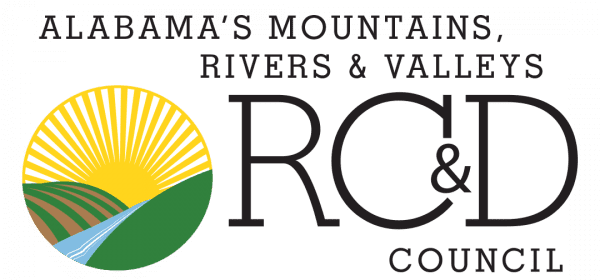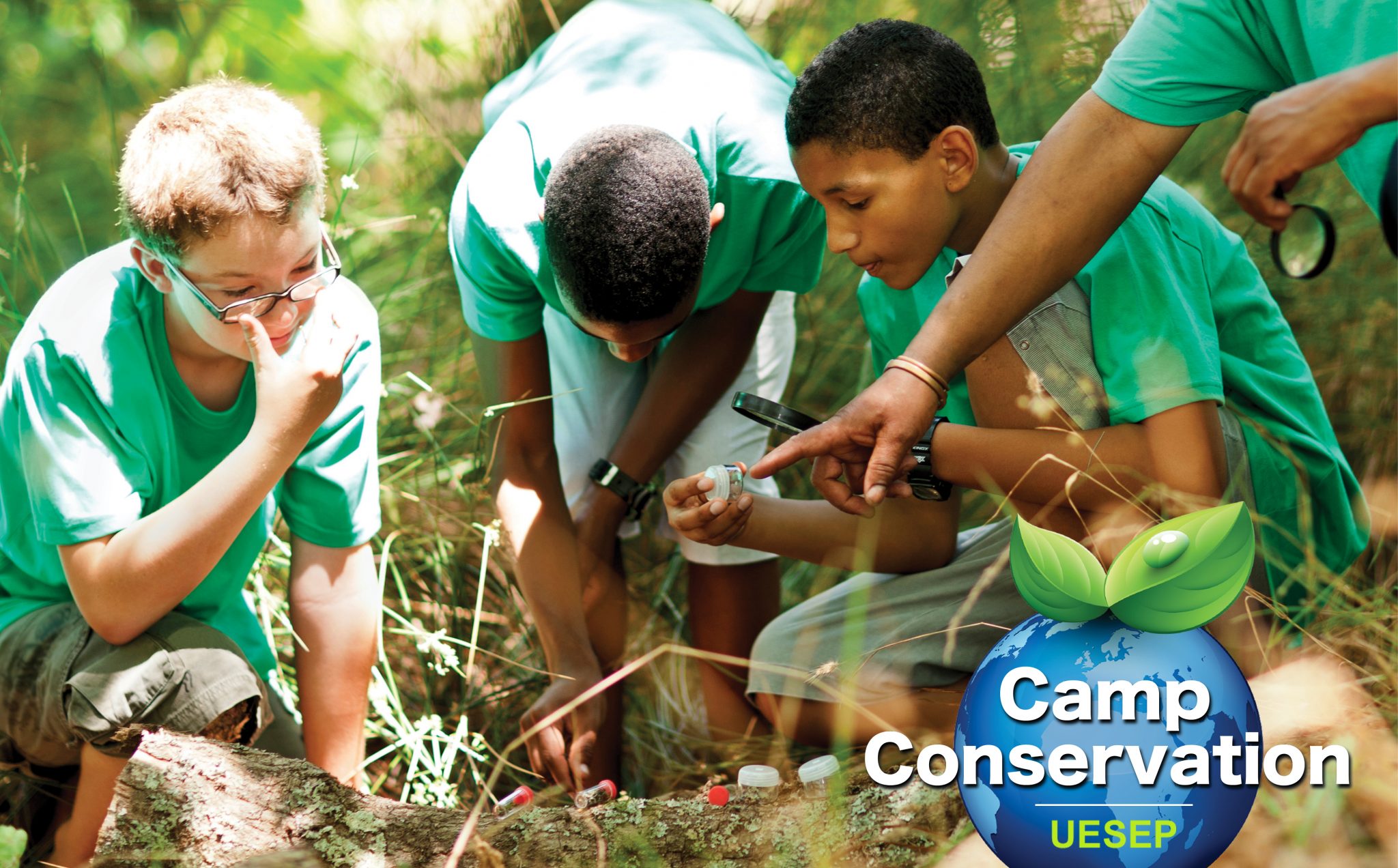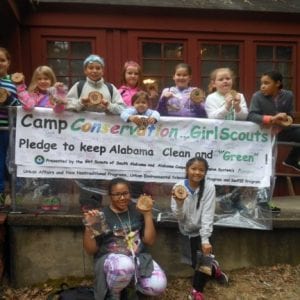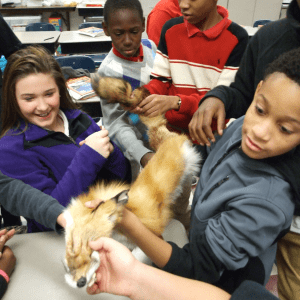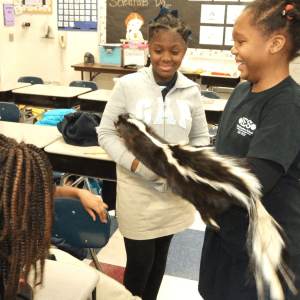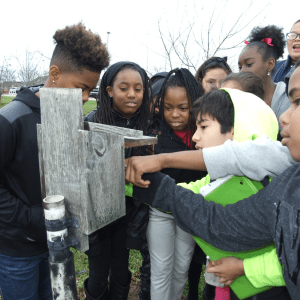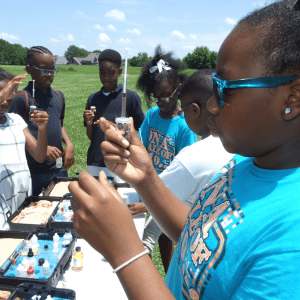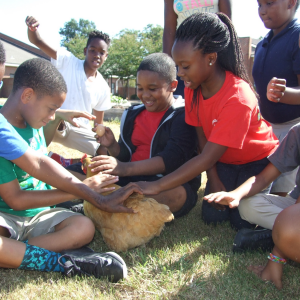Products & Programs

What is Camp Conservation
- Camp Conservation is a component of UESEP (Urban Environmental Science Education Program).
- Camp Conservation is an “on-site” or online field trip alternative for underserved youth that otherwise would not have the opportunity to experience first-hand environmental science education.
- Extension professionals set up camp on your designated site (school yard, outdoor classroom, youth organizations, etc.)
- Cost: a nominal fee may be charged per participant. (Fee depends on the event type, size, and time. Please contact your local Urban Extension office for fee information.)
- The camp is offered Spring/Summer/Fall (Tuesday through Saturday) and can be 4 to 6 hours long.*
*Lunch is not provided
Camp Conservation is Online
Camp Conservation offers online learning experiences for youth and train-the trainer-sessions for teachers. Join us for a public session or reserve a private online series for your youth group, classroom, or professional organization.
- Camp Conservation for Teachers: A Virtual Workshop Series
- Exploring Your Future in Forestry: A Camp Conservation Webinar
Who Can Participate?
- Camp Conservation is designed for youth entering the 3rd-5th grade.
- We can manage 90-150 participants by dividing youth into groups of 15-25 to rotate through each session.
- Each participant must have a signed Parental Consent/Release Form to participate.
- Camp Conservation is also available as professional development for educators and youth leaders.
Camp Conservation Goal
- Encourage children, through its relevant demonstrations and hands-on activities, to become environmental stewards of Alabama’s abundant natural resources and thereby sustain its unique biodiversity.
Curriculum
- “Traveling” through six 30-minute STEM-related “field stations”, children will experience a closer look at the “wild side” of Alabama. (More field station information below.)
- Participants will explore environmental science topics and learn first hand about local “urban wildlife habitats” through a variety of interactive activities, games, and unique take-home projects.*
- Camp Conservation content is age-appropriate and supplements many of the Alabama State Department of Education’s science content standards.
- Camp Conservation gets the AAA rating for science Awareness, Adaptability, and Activities.
- To measure its success, Camp Conservation uses an assessment tool that identifies each child’s increased ability to PERFORM: Problem Solve, Evaluate, Reason, Focus, Observe, Research a Problem, and Measure.
*For educators, supplemental materials are provided to make the easy transition into the classroom setting.
Field Stations:
- Aquatic Invertebrates – Bio-Indicators of Water Quality. Water Monitoring and Bio-Assessment
- Oceans, River, and Streams – Journey of Water. Enviroscape and Water Journey Bracelets
- Tracking Ventures – In Search of “Wildlife.” GPS-Geocache
- Natural Resources – Alabama’s Flora and Fauna. Skins & Skulls, and Longleaf Forest
- Obstacles to a Cleaner Environment – Recycling relay
- Creation Station – Animal Tracks magnets and Birdseed Popsicles
